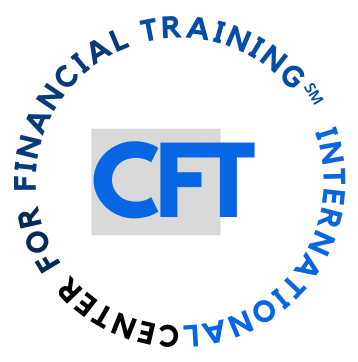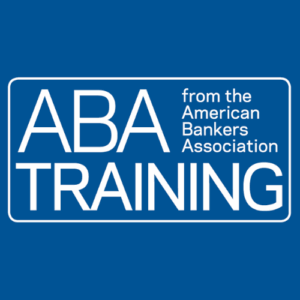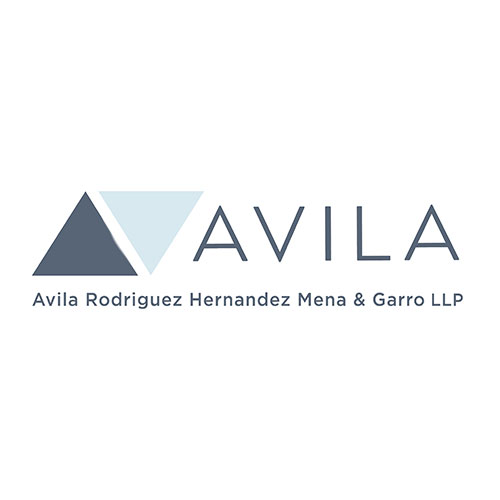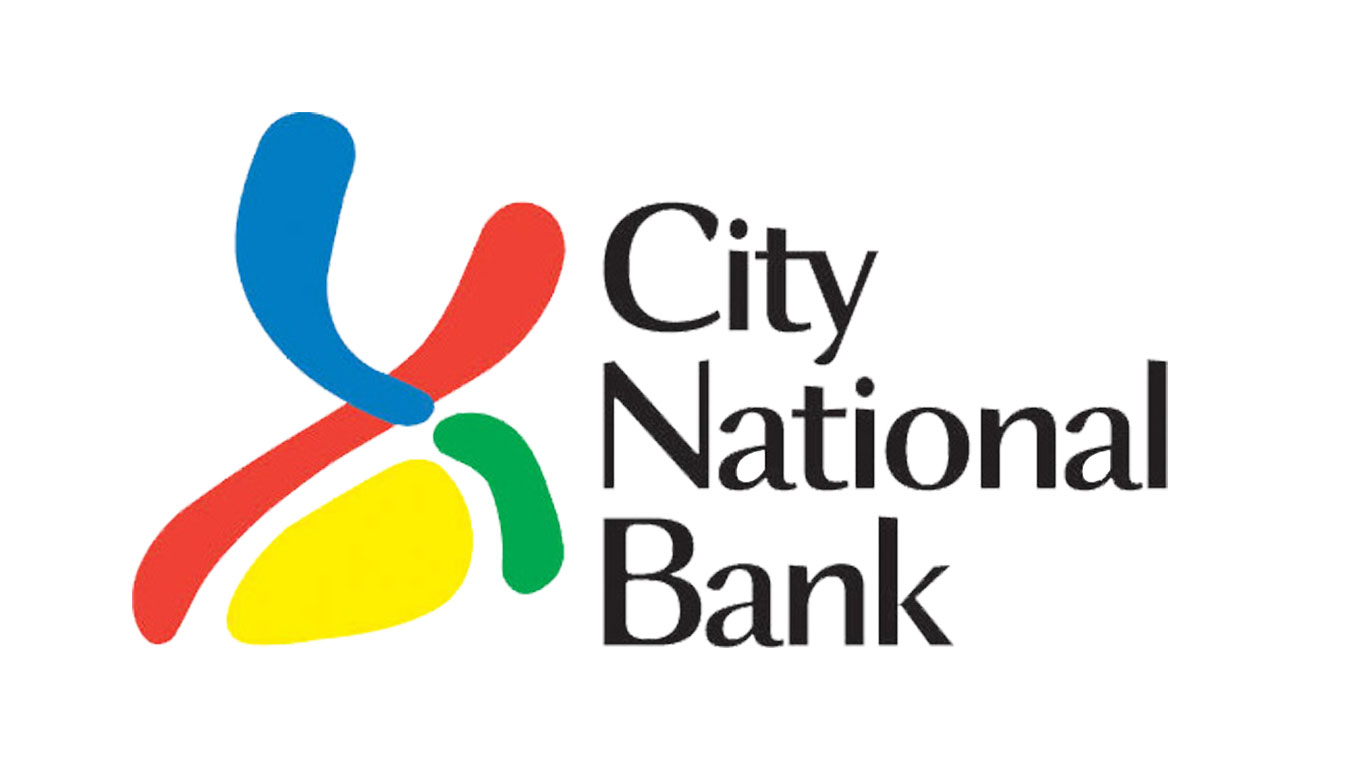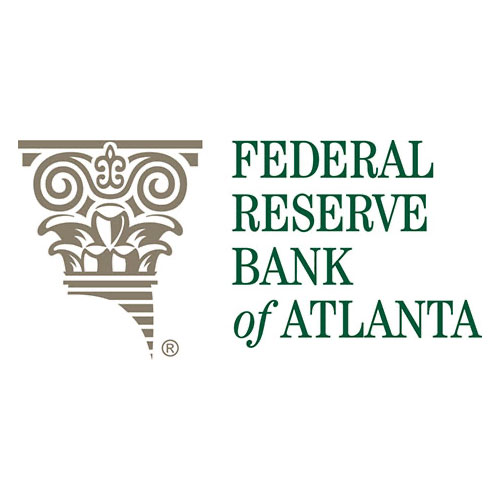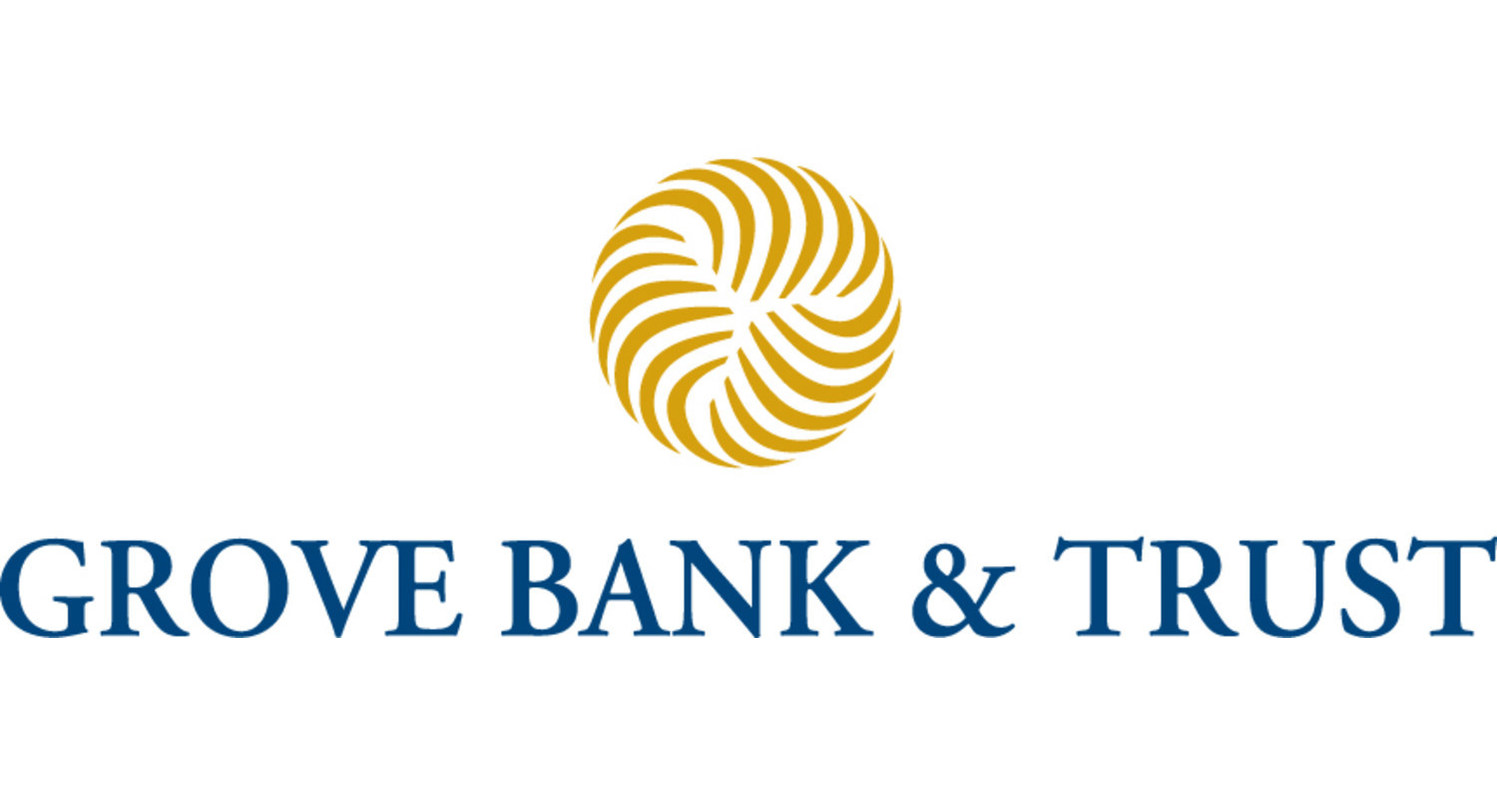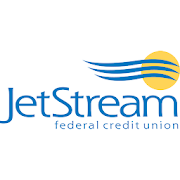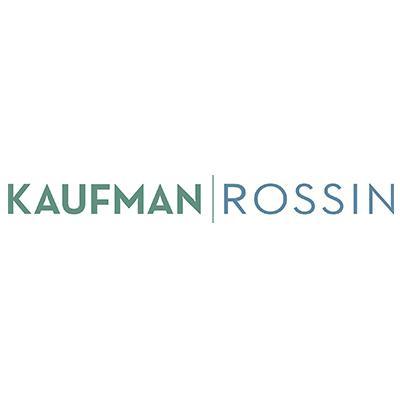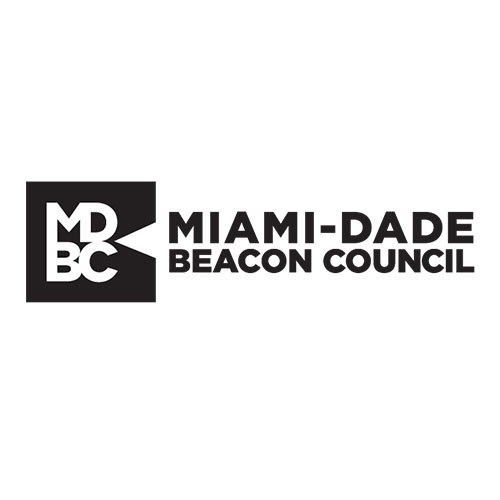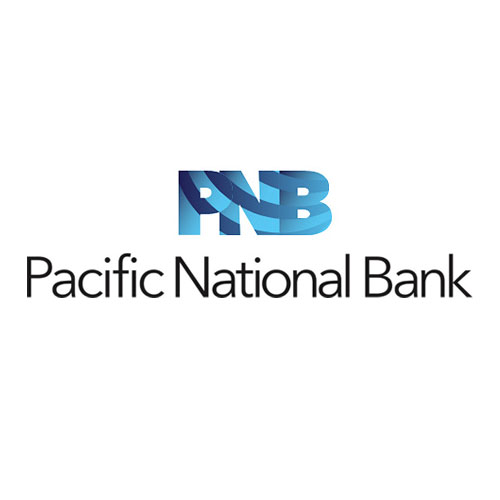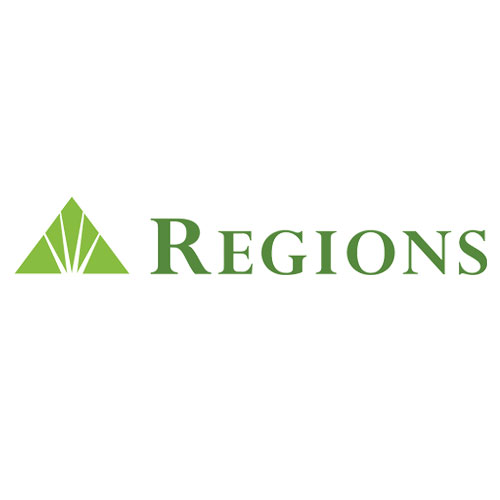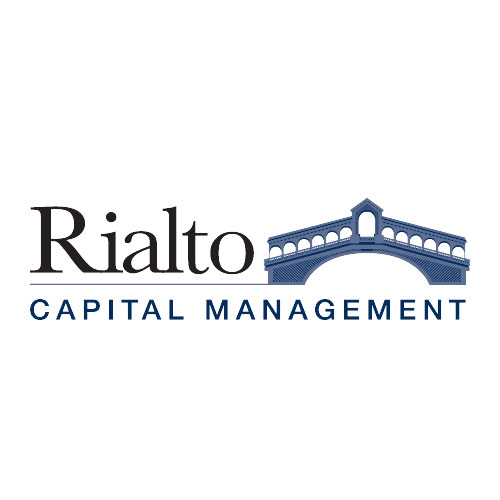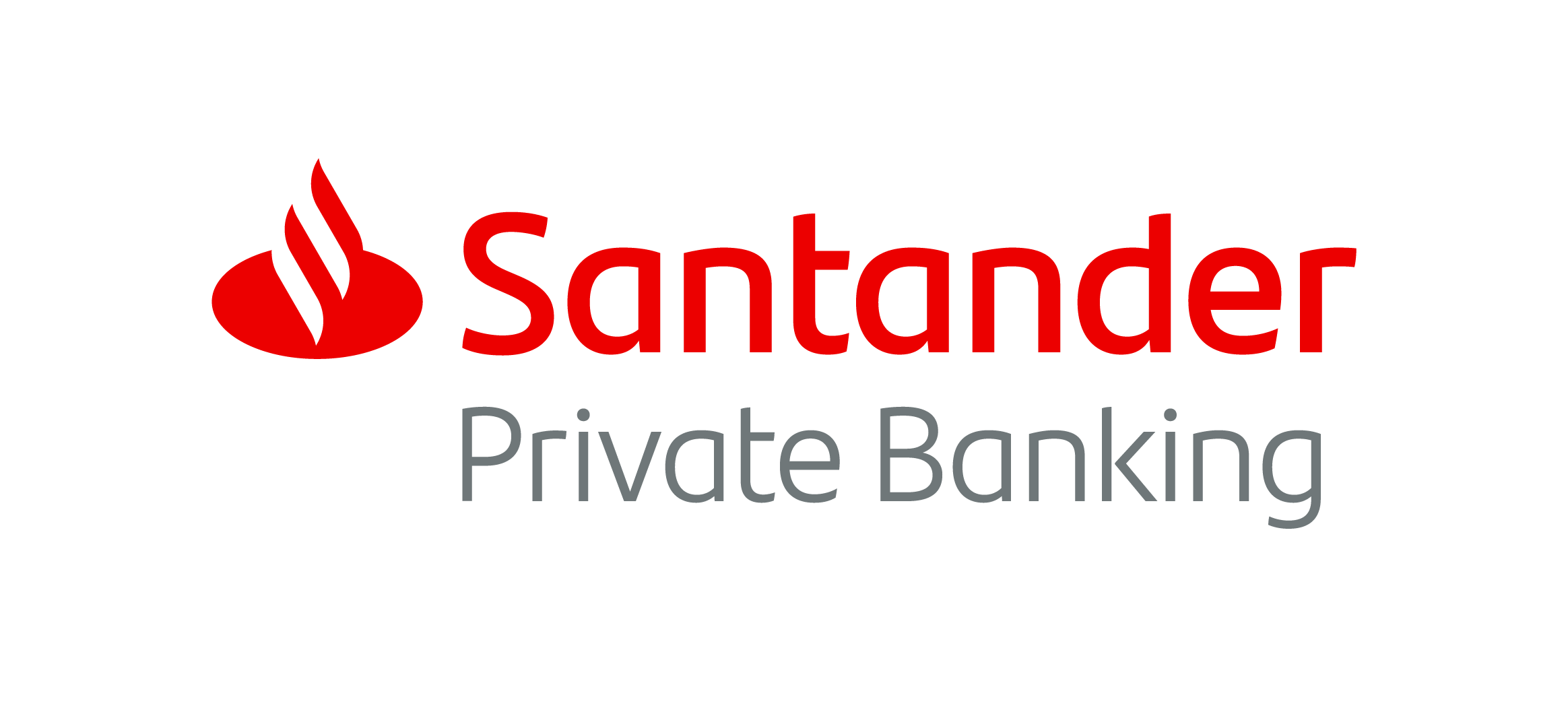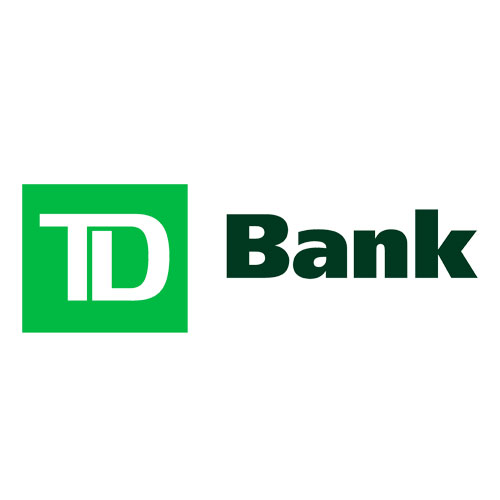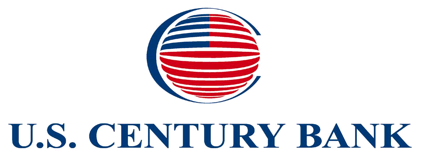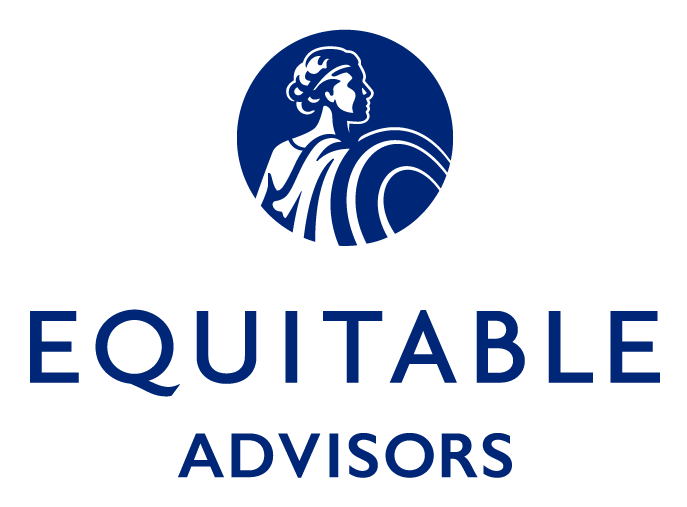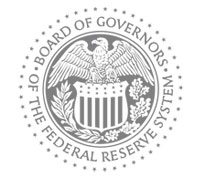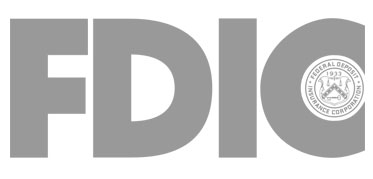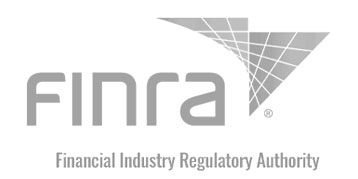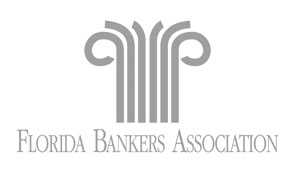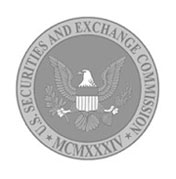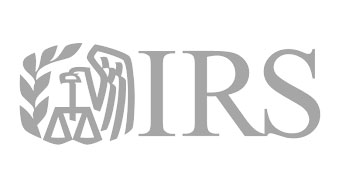Description
A financial institution that receives a garnishment order must seize assets, including funds on deposit, to settle an unpaid debt. It must perform an account review to determine whether there is a “protected amount” that is exempt, freeze the protected amount, then seize any unprotected funds up to the amount of the order to tender those funds to the creditor.
Learn how to determine the “lookback period” for an account review and calculate the “protected amount” that is exempt from garnishment. The course also covers continuing garnishment orders, customer notices, fees, considerations for closing accounts, record retention, and consequences for noncompliance.
What You’ll Learn
- Describe a financial institution’s general responsibilities in identifying federal benefit payments that are covered by 31 CFR 212.6 – Rules and procedures to protect benefits
- Determine the lookback period for determining a protected amount
- Calculate the protected amount that is exempt from a garnishment order and the amount available for garnishment
- Explain considerations for the Notice of Right to Garnish Federal Benefits, continuing garnishment orders, customer notices, fees, closing accounts, record retention, and consequences for noncompliance
